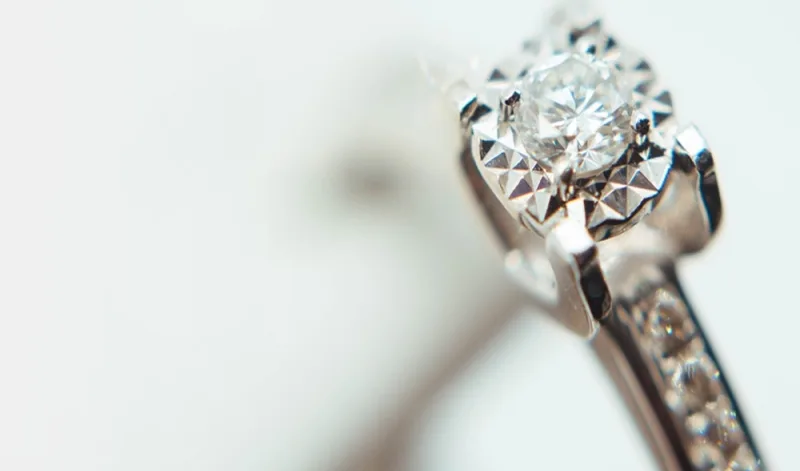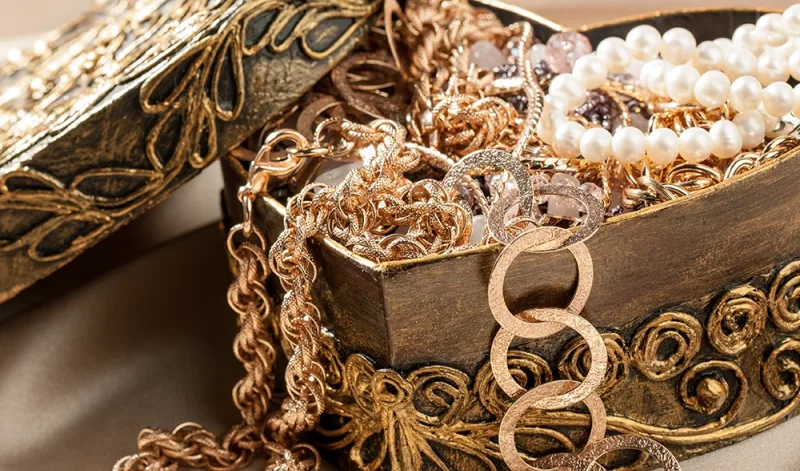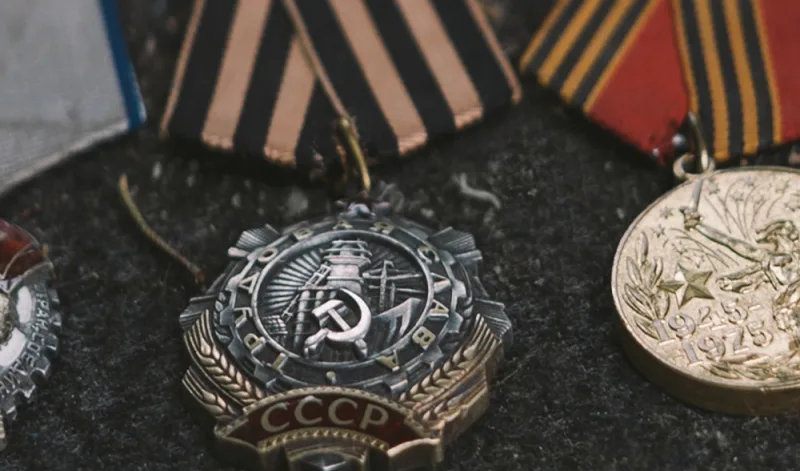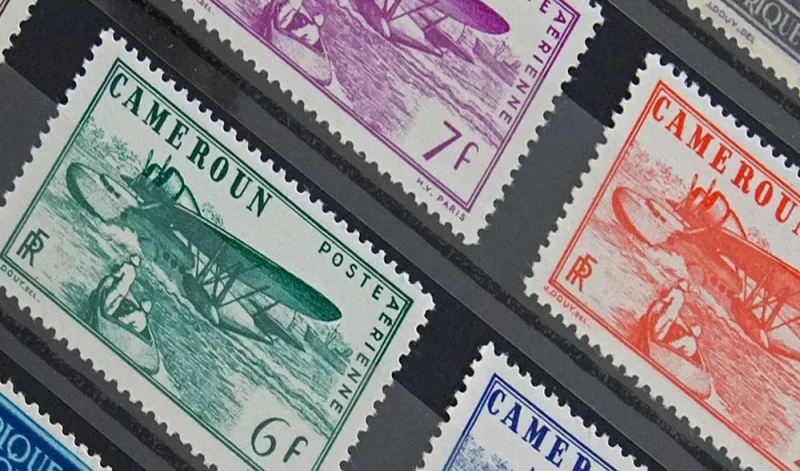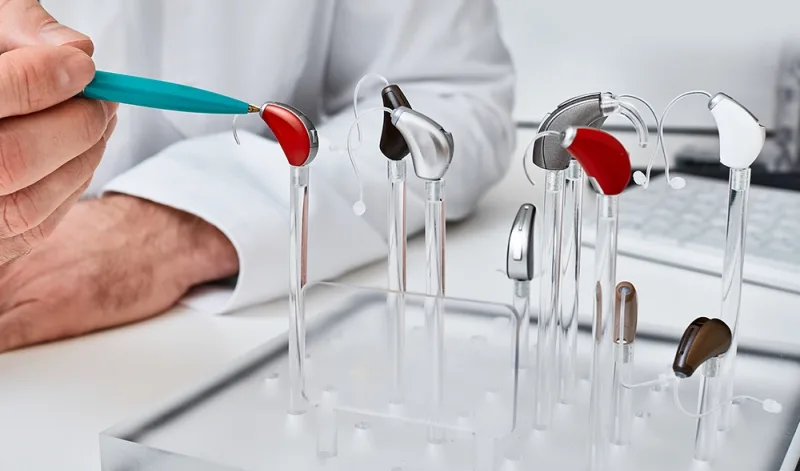Gold in Jewellery
When people think of jewellery, they usually think of gold, this precious metal has long been prized for its durability, and bright yellow lustre, unlike many other metals and alloys, gold does not tarnish in air or water and is resistant to most acids. Pure gold is also hypoallergenic, it can be worn for extended periods of time and will not cause any irritation to the skin, these properties make gold ideal for use in jewellery.
When we purchase gold, in its purest form (proof) it is weighed in troy ounces, this is usually only for purchases for investment when buying bullion, this metric is not used when dealing with gold in jewellery as it is usually alloyed with other metals and the overall weight of the finished item is not consistent.
Therefore, we refer to the purity of the gold in the item and this is
measured in Karats. In jewellery the purest gold used is 24 Kt and is
over 97% pure gold, this “fine gold” is the yellowest colour that can
be obtained.
.
In jewellery manufacture, gold is alloyed with other metals, mainly
silver, copper, zinc and platinum to; produce different colours,
strengthen the metal or to bring down the cost. Often with certain types
of ring, especially those that are set with diamonds, a whiter form of
metal is preferable as it can help set off the colour of the stone. It
is worth bearing in mind that when gold is alloyed with other metals, it
will then tarnish over a period of time caused by the oxidation of the
other component metals.
There are many alloys obtainable able and the chart below provides
details of the component metals alloyed and how they are known.
| Colour of Gold | Alloy Composition |
| Yellow Gold (22K) | Gold 91.67% Silver 5% Copper 2% Zinc 1.33% |
| Red Gold (18K) | Gold 75% Copper 25% |
| Rose Gold (18K) | Gold 75% Copper 22.25% Silver 2.75% |
| Pink Gold (18K) | Gold 75% Copper 20% Silver 5% |
| White Gold (18K) | Gold 75% Platinum or Palladium 25% |
| Gray-White Gold (18K) | Gold 75% Iron 17% Copper 8% |
| Soft Green Gold (18K) | Gold 75% Silver 25% |
| Light Green Gold (18K) | Gold 75% Copper 23% Cadmium 2% |
| Green Gold (18K) | Gold 75% Silver 20% Copper 5% |
| Deep Green Gold (18K) | Gold 75% Silver 15% Copper 6% Cadmium 4% |
| Blue-White or Blue Gold (18K) | Gold 75% Iron 25% |
| Purple Gold | Gold 80% Aluminium 20% |
Whilst many of the above types of gold and not often that encountered , the following are closly associated with rings

